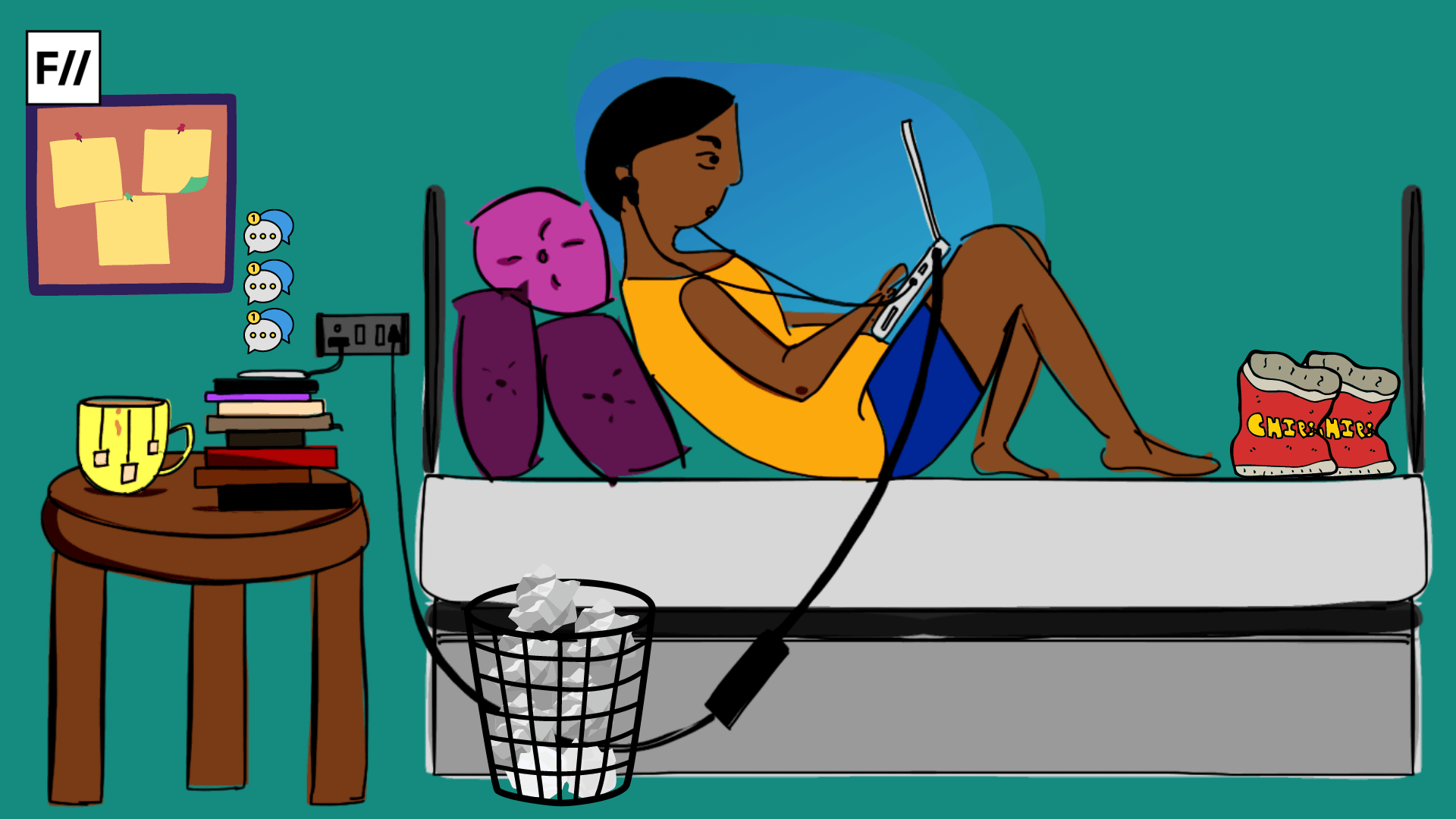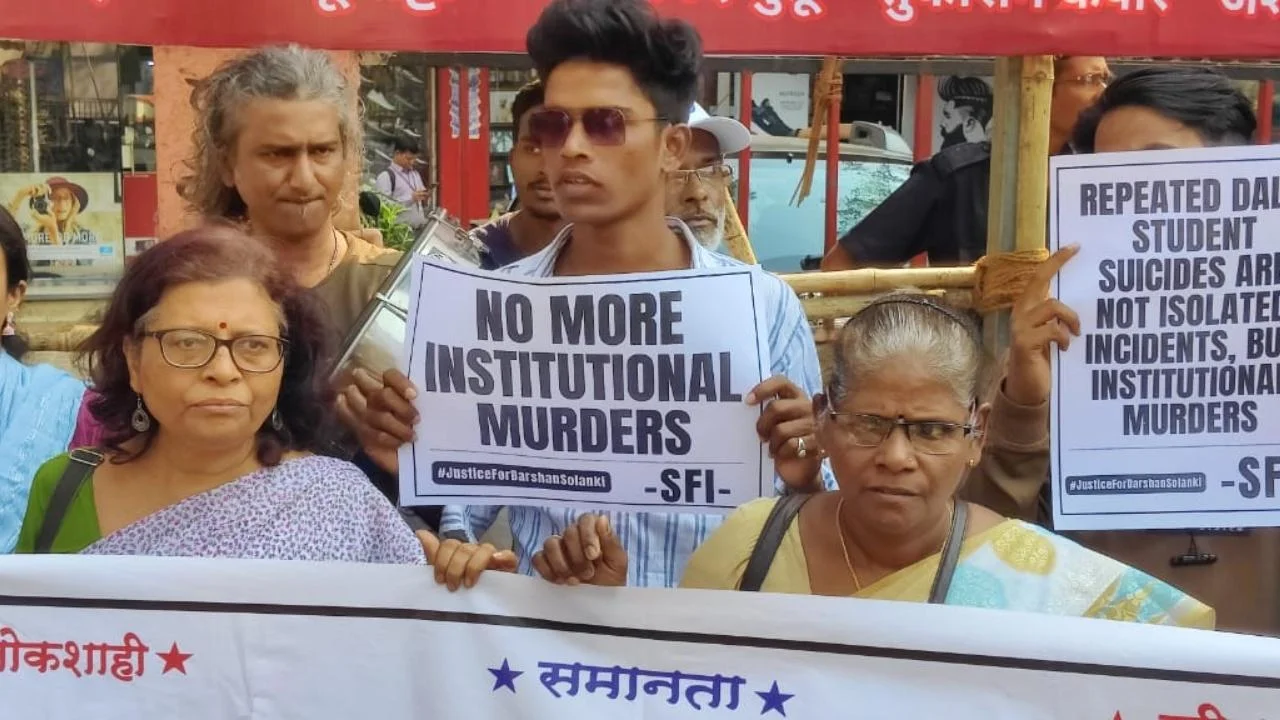For as long as humans have understood the urge to be in a love and romantic relationship, they know how finding an appropriate match could be challenging. Be it traditional, when family, and friends, select which pairs of unacquainted singles would be compatible or be it today; constantly evolving.
The digital era has brought forth a paradigm shift both in the digital and traditional landscape challenging gender roles and expectations, which among these intricacies often interplay about how technology can help to reinforce certain stereotypes as well as dismantle them.
The Guardian article by Donna Ferguson quotes sociologist Dr. Marie Bergstorm who has spent a long time wondering about, “how do couples meet and fall in love in the 21st century?” to which the narratives around love have changed quite a lot. One of the narratives of love that used to be believed in Hollywood is that love was something you encounter randomly. The second narrative is associated with how love is supposed to be blind, that a princess can fall in love with a peasant which means, love can go beyond societal boundaries.
The third narrative according to Bergstorm is the idea that someone is made for you and you are required to find that person. Bergstrom emphasises this third narrative of “you need to find that person” is something that goes with how online dating works.
The traditional gendered approach to love
Traditional Dating rituals involve getting to know a partner via face-to-face interactions. Even before this modality, the face interactions didn’t take place, people got married even without seeing each other. Then, there was a time when people would gather at social events, in anticipation of the possibility of meeting someone new.
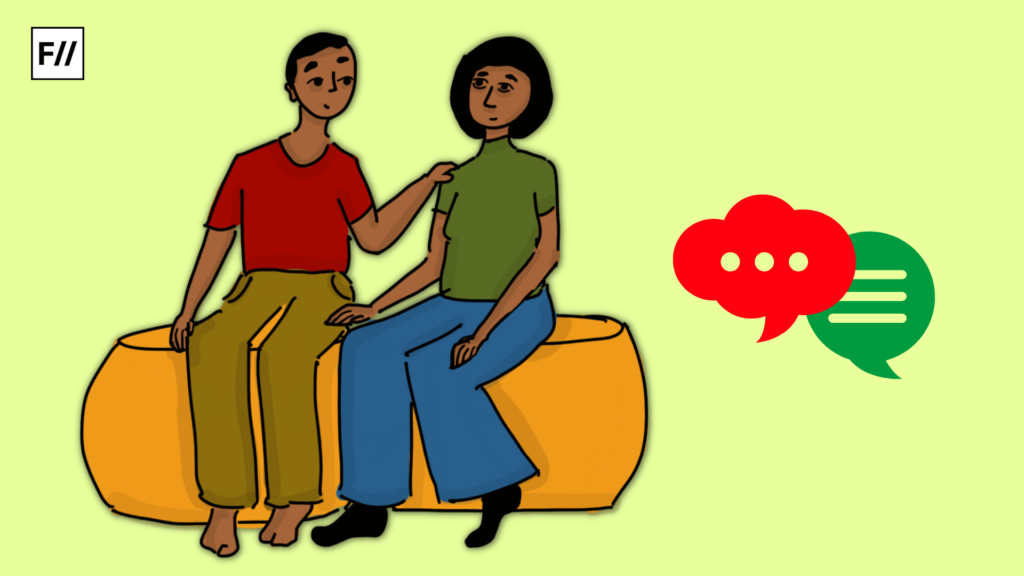
Conversations would flow between knowing a little and unfolding bit by bit. This could further be supported by Wendy L. Patrick who quoted Cameron and Curry who noted, “that first-date scripts incorporate traditional gender stereotypes assigning men behavior that is active and dominant, such as inviting a woman on a date, and assigning women reactive behaviors, such as waiting.”
In these conversations, the initiator would often be the man. The men used to take the lead while women were encouraged to be more passive and receptive. Courtship rituals were made formalised, dictating the appropriate conduct of both men and women. For instance, men often were seen to be planning, and paying for dates, while on the other, women were to be modestly planning for their dresses and waiting. Women would be compliant to accept the relationships without their interests. For women, there used to be no open dialogue and flexibility of being charged by their potential.
This share of conduct often varied which stemmed from the ancient times where men would be the hunter and women would be the gatherers. In present times, even with changing roles and conduct, according to the article by Allo Health “Studies have shown that even in relationships where both partners work full-time, women still tend to take on a larger share of household and childcare responsibilities. This can lead to feelings of resentment and burnout for women, who may feel like they are juggling multiple roles without enough support from their partners.” As a result, these kinds of lasting effects have been visible today.
The transition of dating from traditional to online
The genesis of online can be traced back to the early days of the internet when websites like Match.com emerged in the mid-1990s. Since then, the landscape has evolved significantly, with the rise of various platforms catering to diverse needs, preferences, and demographics. The convenience of swiping left or right on a smartphone screen has democratised the dating experience, transcending geographical boundaries and fostering a globalised approach to romance.
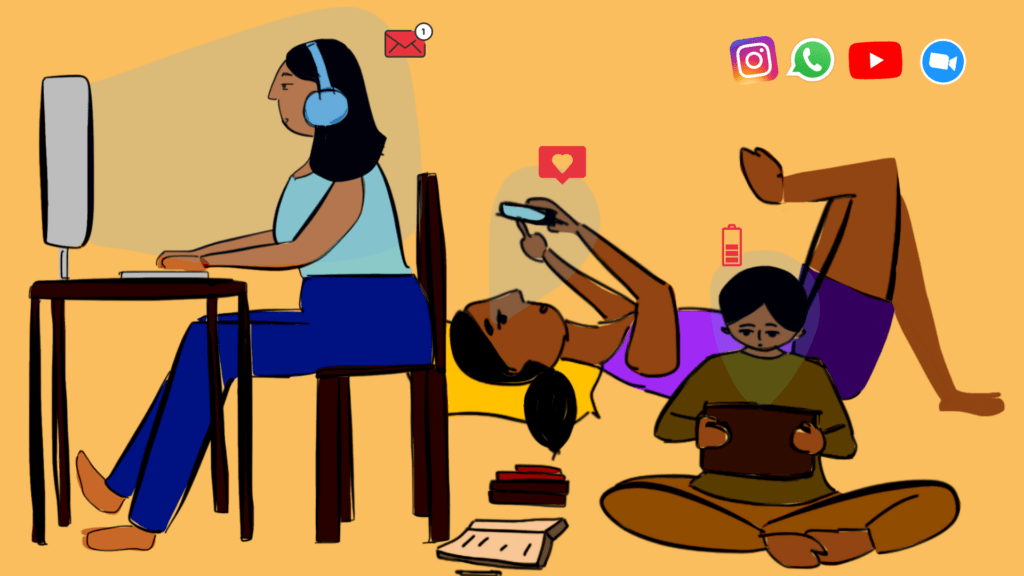
Modern online dating has been easier because of the invention of dating apps in more numbers. A convenient way to connect with these apps offers a vast pool of potential matches whereby matchmakers are kicked out of the job, where the digital realm becomes a real-virtual playground to discover new possibilities and meet people with comfortability who wouldn’t have crossed our paths otherwise. These apps such as the Tinder Dating app, and Dating App-Sweet Meet, once used are influenced by algorithms that later analyse our preference kinds, suggesting potentials based on the proximity factor, and shared interests. This app helps to personalise the apps according to the desire of the person.
Eli J. Finkel in the research article puts the three aspects that differ from the traditional approach to love. The three types are access, communication, and matching. “Access refers to users’ exposure. Communication refers to users’ opportunity to use various forms of computer-mediated communication (CMC) to interact with specific potential partners through the dating site before meeting face-to-face. Matching refers to a site’s use of a mathematical algorithm to select potential partners for users.”
For women, the digital realm has proved to be beneficial especially when it comes to dating online. Dating online means women have their own choices as to whether to reveal their personal information as they wish. They have the agency to block and report for those who make them feel uncomfortable.
Through personalised profiles, women can now filter out the matches which saves their time and effort. Communication skills can be exponentially increased. This makes them proactive, out in the complex world. The pressure to handle traditional rigid norms can be skipped if they experiment with online dating. Also, social media apps such as Instagram and Facebook play a window role, peeking into someone’s life even before saying hello. Because these apps are socially curated profiles, one tapping into the profiles can learn about the person’s hobbies, interests, friends and family.
These images as snippets of their lives offer a lot about them which can increase the level of familiarity, and connection, however, the discernment about the real persona and the persona that is real should be taken care of. Even when one is provided with unprecedented opportunities, one should be conscious of the blurred lines created between the virtual and the real world. Continuing with this landscape may be exciting, but should be used with more caution as superficial judgements based on profile, and appearance may downplay the character of that person.
How online dating apps gaze women?
Often researchers have used the help of Script Theory to elucidate the ways to understand the dedicated roles. To this, Michael and Gagnon described three levels of scripts, cultural scenarios, interpersonal scripts and intrapsychic scripts. These are the internalised expectations derived from cultural expectations.
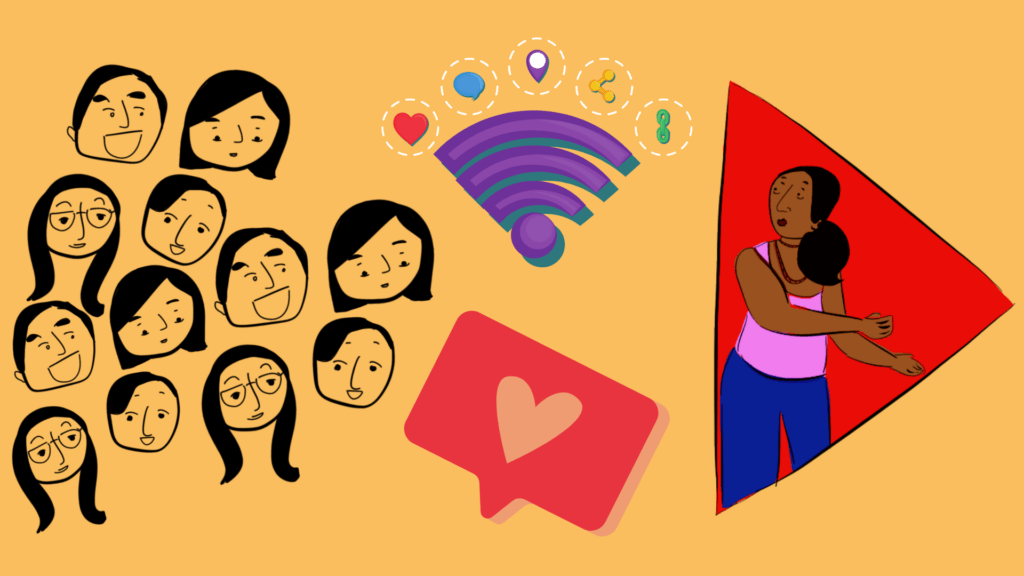
Furthermore, editors Amir and Meric of the article, “It happened on Tinder,” said in heterosexuals, “women are expected to be condoning within the context of a love or committed relationship. Women who initiate relationships are seen as sexually available, whereas men who fail to pursue courtship opportunities are questioned in terms of their masculinity.” Studies too suggested that interplays label men as ‘players‘ while for women, the label is ‘sluts.’
Adding further, “The internet would usher in a ‘new frontier’ where gender and other status-related cues would be neutralised or erased all together allowing women and men to participate equally, as opposed to traditional patterns of male dominance dictated by traditional gendered courtship scripts, allowing women to ‘play’ with gender roles.”
Research has found that women who flirt are most often approached by men. Though both men and women flirt, male dominance and control over dating dictate the man to be the first one to move. This could differ with young college women which would cost them as “men who accept women-initiated first dates have a heightened expectation for greater sexual involvement on the first date, an expectation that women do not share.”
Navigating these gendered landscapes can come with a lot of societal expectations. Traditionally, while the gendered landscape of love, drove women into passive roles, today, it doubles down the standard for women by labelling them one after another. The patriarchal approach favours only men’s approach to love, for women are undermined, limiting their genuineness for love-seeking and even when they charge up their power, they are doubly constrained by gender expectations.
About the author(s)
Susmita Aryal is a final year student of English Literature and Journalism at St. Xavier's College, Maitighar, Kathmandu. Besides storytelling around identity, gender and society, she is interested in 'art' i.e. any kind of artworks that fall under the genre of art.
